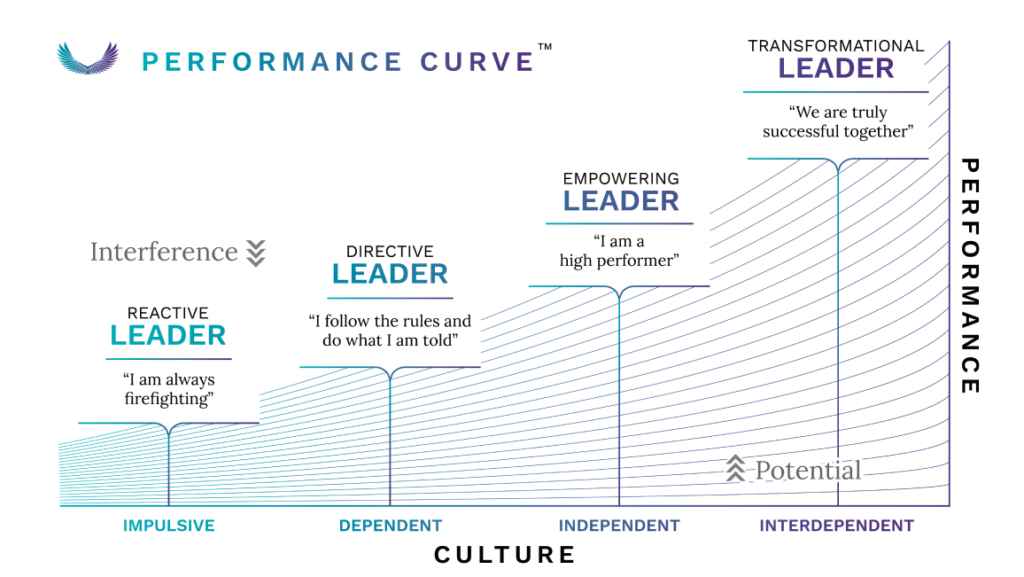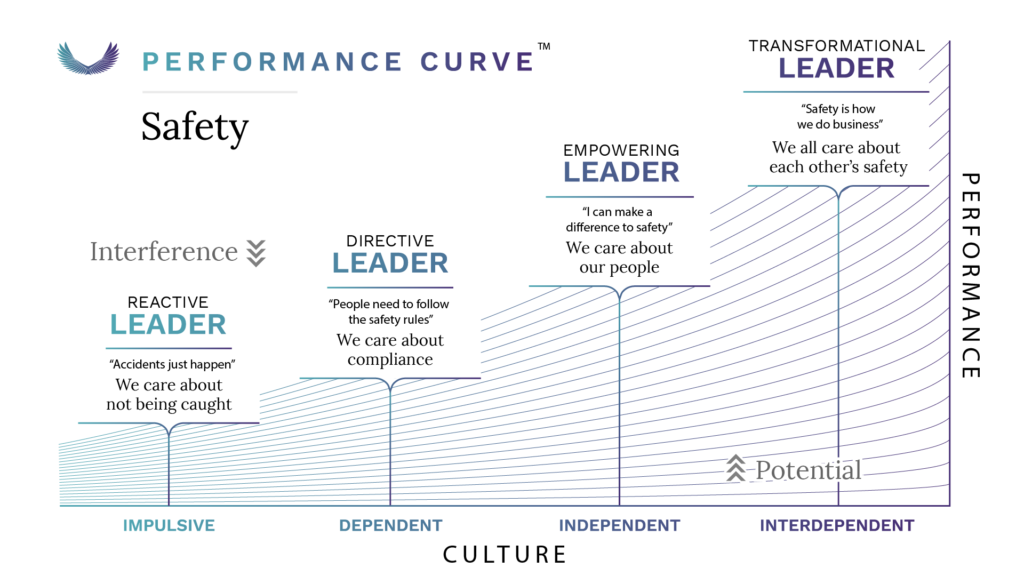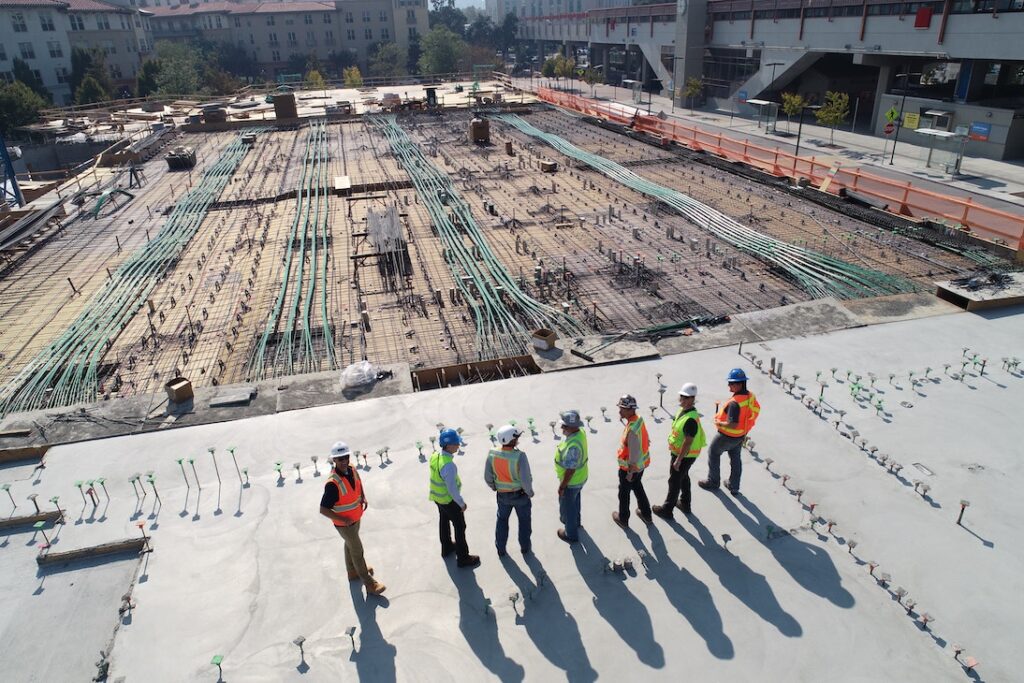Performance Curve™
“Potential” seems intangible in today’s data-driven workforce – and that’s where the Performance Curve™ comes into play.
Culture eats strategy for breakfast.
Peter Drucker
How to measure performance
Organizations often fall into one of two traps when trying to measure and improve performance: They define it in terms of specific metrics without understanding what drives it; or they fail to quantify it all.
The Performance Curve™ allows organizations to pinpoint where they are when it comes to performance, and offers insights on how to improve it.
Performance Curve model
The Performance Curve focuses on the collective mindset of an organizational culture. This mindset can determine the level of performance.
Each incremental move to the right yields increased productivity, innovation and agility.

The Performance Curve™ journey
Showcased below is the engagement-driven organizational development journey along the Performance Curve™.

Leadership impact
Different parts of an organization can operate on different parts of the curve at the same time, which highlights the importance of having aligned goals and values.
This tool empowers organizations and individual leaders with heightened levels of awareness into their own leadership style and how this contributes to their team culture.
Leaders can also measure how evolved cultures of other teams inside their organization are.
Organizations can use this awareness to see what needs to change in order to improve performance.
Safety Performance Curve™
Cultures and behaviours impact high-risk or high-reliability organizations differently. The difference between a leader being impulsive or interdependent can be a matter of life or death.
Leadership skills and safety behaviours directly influence where an organization sits on the Safety Performance Curve™, demonstrating how people react to situations and take ownership of safety behaviours.

Achieve cultural excellence
Our services have been curated by industry experts and coaching pioneers to transform the workplace into high-performing cultures.
We’ll meet you and your organization where you are to achieve your goals.

Transformational Leader
Leadership transformation directly impacts workplace transformation and organizational performance and culture. Cultural transformation starts with empowering individuals with the leadership skills that build high-performance environments.

Transformational Safety Leader
Organizational safety excellence starts with empowering individuals with leadership skills that build high-performance cultures through increased safety awareness and ownership. Curated with safety leaders, Coaching for Safety Performance is the program that redefines coaching training.
Our experienced, and highly trained facilitators know how to provide participants with the right tools to embed a coaching culture and create a sustainable, high-performance.

Culture transformation
Organizational excellence and sustainable high performance starts with an assessment of the current environment. We take a full living system approach, which means we look at your systems, processes, people, and structure. We take a coaching approach to consulting, which creates a partnership with all the organizations we work with, to help you achieve your goals.




